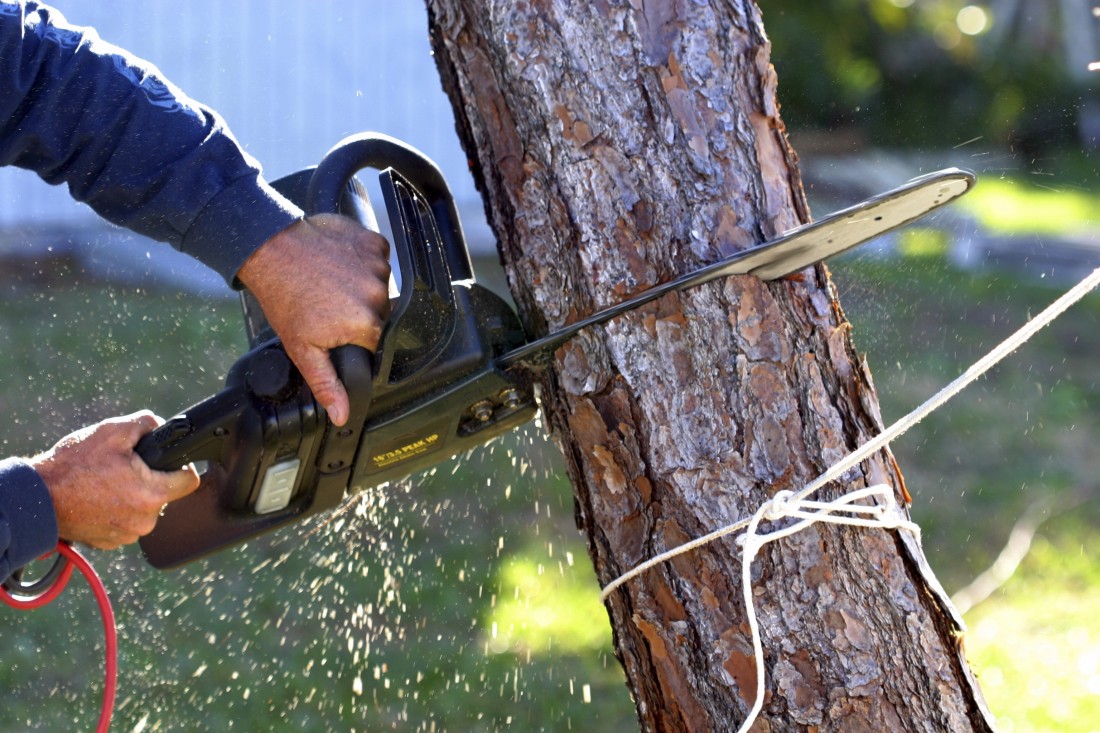Within this ever more urban setting, its importance of trees is paramount. They offer vital environmental advantages, improve our environments, and contribute to our general well-being. Nonetheless, there are times when certain trees may become a danger to their surroundings or display indications of deterioration that require tree felling. While this action can seem harsh, it is sometimes necessary for the well-being of the ecosystem and safety of the populace. In contrast, different rehabilitation methods can assist aged or unhealthy trees recover, ensuring that their benefits are maintained.
Caring for trees and rehabilitative methods are essential for maintaining tree health and longevity. Knowing when tree felling is necessary, and how to properly care for trees that are left, can make a significant difference. Methods such as pruning, cabling, and soil management can reinvigorate old trees and help them thrive. By emphasizing both responsible tree removal when needed and effective restoration strategies, we can foster a more robust ecosystem for future generations while preserving the aesthetic and utility of our natural areas.

Understanding Arbor Vitality
Evaluating the health of a plant is a crucial primary step in any restoration effort. Healthy arbors exhibit lush canopy, robust growth, and a strong framework. Indicators of trouble may comprise limited growth, yellowing foliage, or decayed limbs. By observing these signs, one can assess whether a tree is flourishing or in need of aid. Routine evaluations help in timely identification of concerns that may lead to more severe problems later on.
Various factors can influence plant condition, including ground type, water accessibility, and exposure to sunlight. Trees thrive in well-drained soil and require adequate nutrients to support their development. Compressed ground or pollution can impair their ability to take in crucial elements. Additionally, natural stresses such as drought or excessive rainfall can lead to damaged arbors, making them more prone to infestations and illnesses.
In addition to ecological factors, arbor maintenance techniques play a significant role in ensuring general health. Correct pruning techniques, for instance, can improve airflow and illumination infiltration, reducing the chance of fungal infections. Similarly, mulching around the bottom can help keep hydration and regulate soil heat. Comprehending these factors is essential for efficient tree felling and maintenance, ensuring that plants can be revived when needed.
Rehabilitation Methods
Restoration of old trees often starts with a thorough evaluation to determine their health and structural integrity. This procedure may consist of inspecting for illnesses, insects, and damage caused by environmental factors. spez-ag may be required in situations where a tree is beyond repair or poses a safety risk. Careful consideration should be paid to the surrounding ecosystem and any potential impacts on adjacent trees and wildlife.
Once the assessment is finished, various techniques can be utilized to enhance the vitality of the tree. Pruning dead or diseased branches encourages healthy growth and helps maintain the tree's structure. Additionally, applying fertilizers and nutrients tailored to the tree's requirements can significantly boost its overall health. Irrigating during dry periods and mulching around the base can also help retain moisture and safeguard the root system.
In many cases, it is advantageous to implement a long-term care plan to ensure the tree continues to thrive. Regular monitoring for signs of strain or illness is essential, as is maintaining a proper environment free from overwhelming competition. Implementing supportive measures, such as cabling or bracing for fragile branches, can prolong the life of the tree and help it recover strength, thus ensuring it remains a important part of the environment for decades to come.
Averting Wood Felling
Stopping wood cutting commences through adequate upkeep along with care for woodlands. Routine inspections can help identify possible concerns early, like disease, bug invasions, or constructional deficiencies. Through tackling such issues quickly, stakeholders can boost the overall health of the tree while reduce the likelihood that it will have to be removed. Additionally, putting in place a preventive maintenance plan which encompasses pruning along with soil care can substantially fortify a tree's ability against natural challenges.
Community awareness and instruction have a key role in preventing unwanted timber cutting. Promoting an awareness of the environmental advantages which arbors offer can develop respect of their conservation. Educating land holders plus local groups regarding best practices for wood care—including the importance of proper watering, bedding, and feeding—may empower them to make action that promotes tree lifespan instead of turning to removal whenever challenges appear.
In conclusion, establishing protective regulations plus rules concerning timber protection can help safeguard these ecological assets. Municipal bodies may formulate laws that mandate approvals for timber felling, making sure that cutting is justified and that other options are considered. Participating in community timber strategy projects, where citizens take part in determinations about town arboreal management, may also encourage a joint style to nurturing both pre-existing and new timber, which minimizing the necessity for timber removal in the prolonged run.
